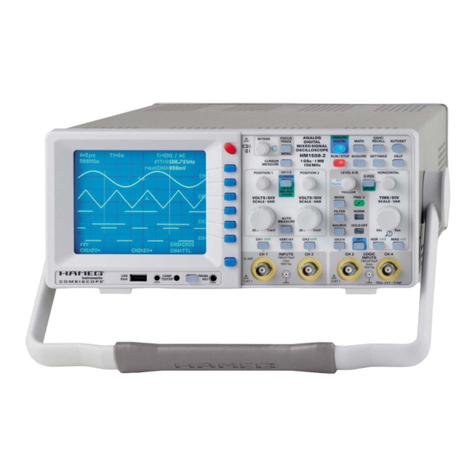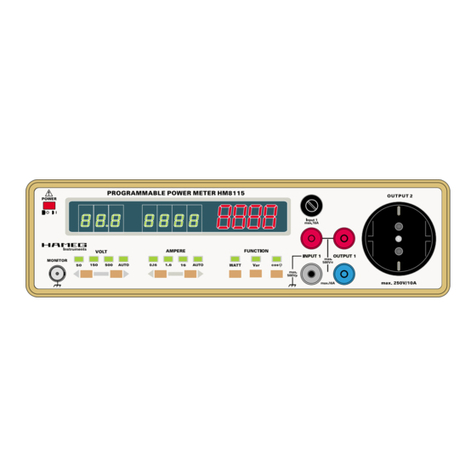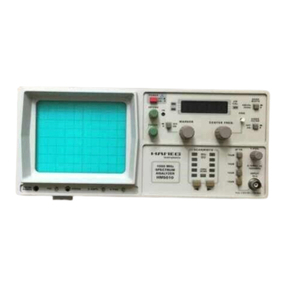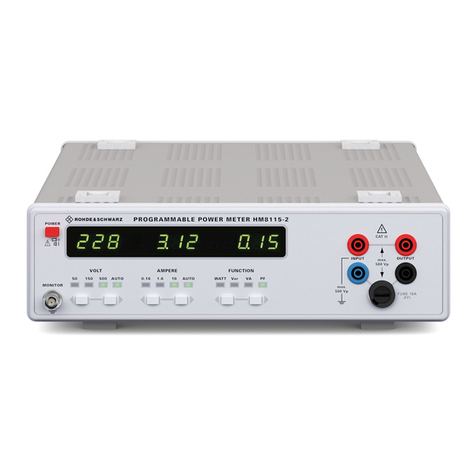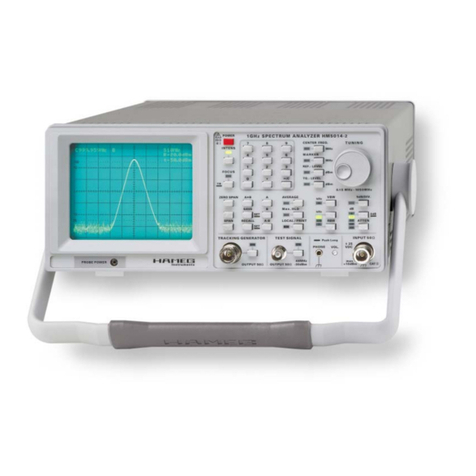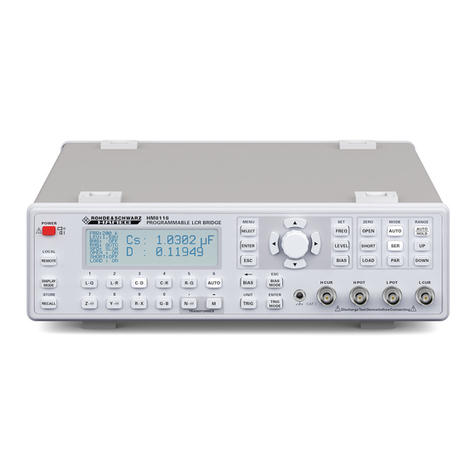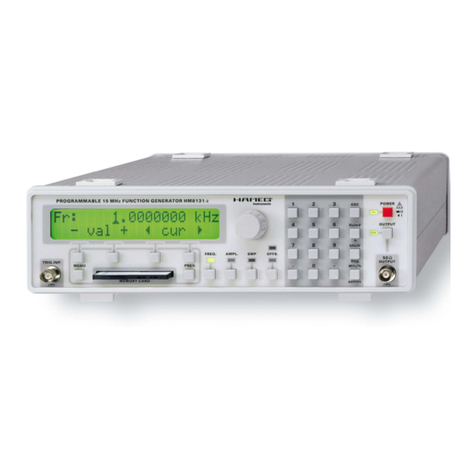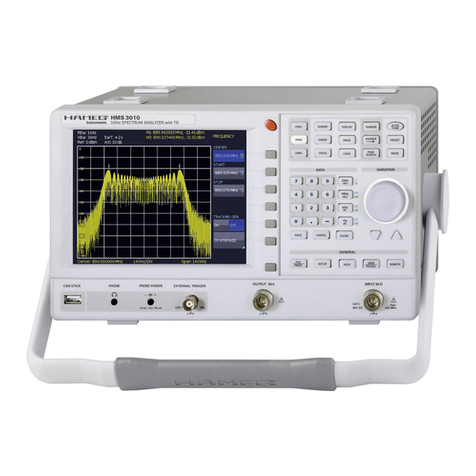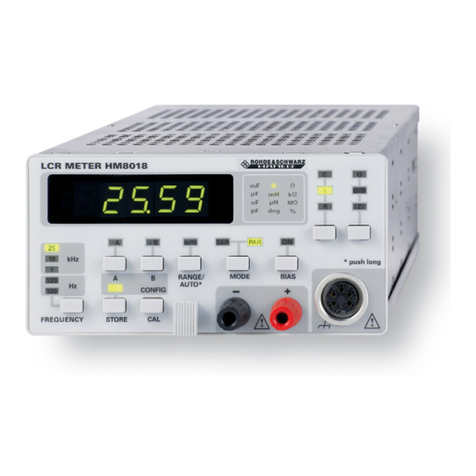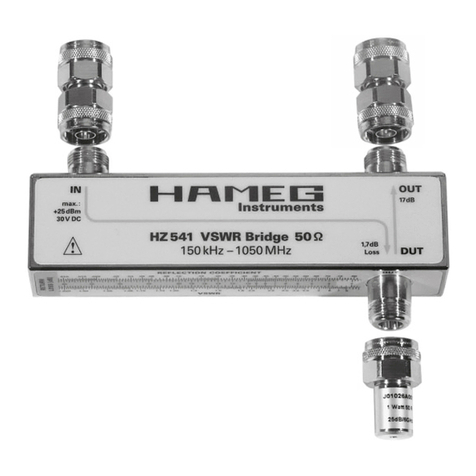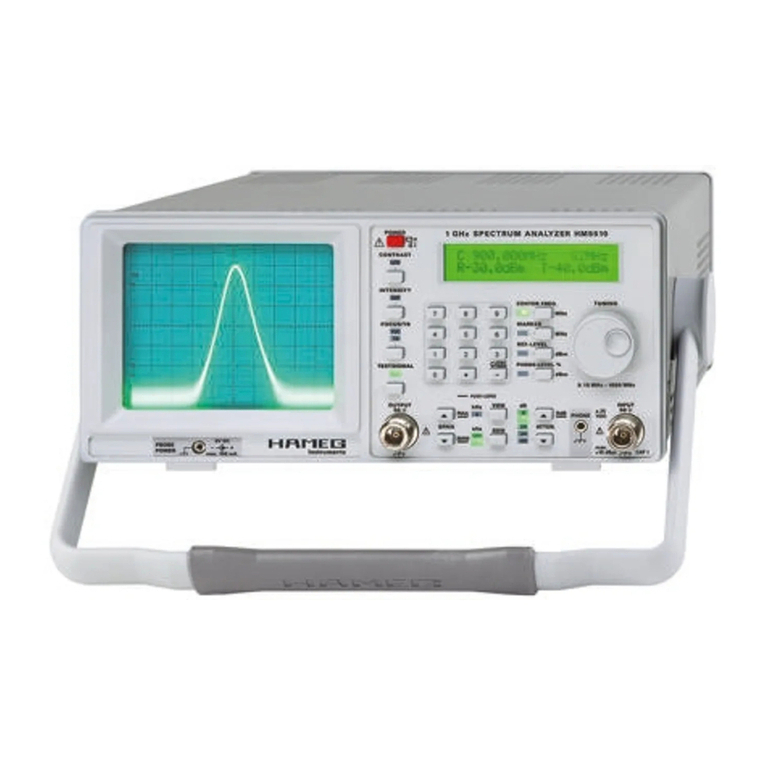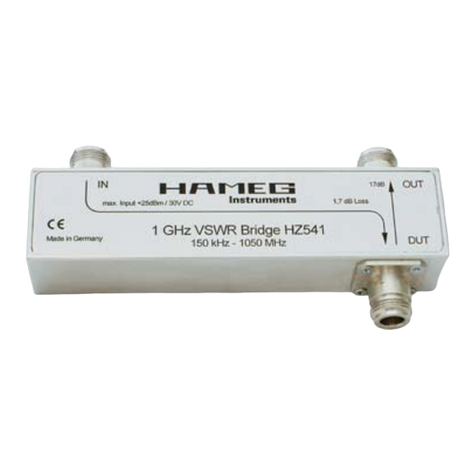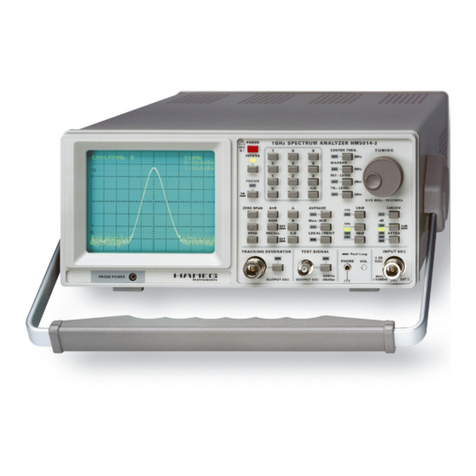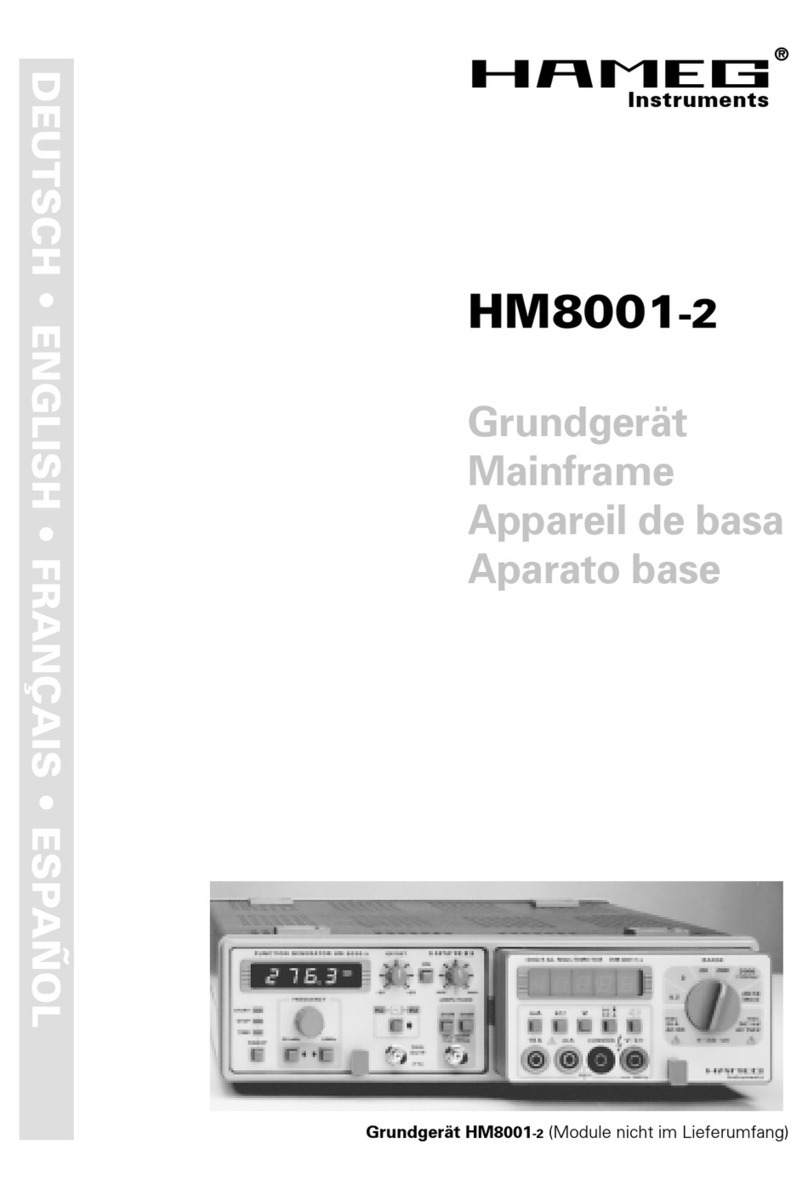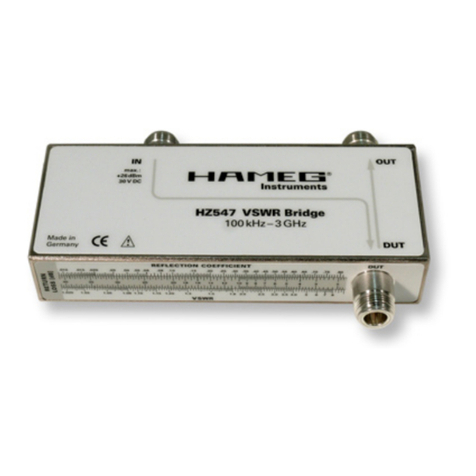
7
Subject to change without notice
1. Outlines ............................................................................... 8
1.1 Product outlines .......................................................... 8
1.2 Standard accessories .................................................. 8
1.3 Optional accessories .................................................. 8
2. Specifications ..................................................................... 8
2.1 Performances .............................................................. 8
2.2 Outline ....................................................................... 10
3. Description of Panel ........................................................ 10
4. Description of Screen ...................................................... 11
5. Function Key Menu ......................................................... 12
5.1 List of the function key menus ................................ 12
5.2 Menu tree ................................................................. 12
6. Preparing for Operation .................................................. 14
6.1 Stand ......................................................................... 14
6.2 Connection to power supply .................................... 14
6.3 Replacing the fuse .................................................... 14
6.4 Installing the battery ................................................. 14
6.5 Soft carrying case ..................................................... 14
7. Center Frequency <FREQ> ............................................. 15
7.1 Setting with the step keys ........................................ 15
7.2 Setting with the encoder .......................................... 15
7.3 Setting with the numeric keys.................................. 15
7.4 According to the marker position ............................. 15
8. Frequency Span <SPAN> ................................................ 15
9. Reference Level <REFER> ............................................... 16
9.1 Setting the reference level ....................................... 16
9.2 Switching units of amplitude axis ............................ 16
9.3 Reference level setting range for each unit ............. 16
9.4 Relation between the reference level ...................... 16
and ATT·AMP
9.5 Setting the offset level.............................................. 16
9.6 Setting the input impedance .................................... 17
10. Display Scale <SCALE> ................................................... 17
10.1 Setting with the keys ................................................ 17
10.2 Setting with the encoder .......................................... 17
11. Resolution Bandwidth <RBW> ...................................... 17
11.1 MANUAL mode......................................................... 17
11.2 AUTO mode ............................................................... 17
11.3 ALL AUTO mode ....................................................... 17
12. Video Bandwidth <VBW> ............................................... 17
12.1 MANUAL mode ......................................................... 17
12.2 AUTO mode ............................................................... 17
12.3 ALL AUTO mode ....................................................... 18
13. Sweep Axis · Detection mode <SWEEP> ..................... 18
13.1 MANUAL mode ......................................................... 18
13.2 AUTO mode ............................................................... 18
13.3 ALL AUTO mode ....................................................... 18
13.4 Setting the detection mode ...................................... 18
14. AUTO Tuning <AUTO TUNE> .......................................... 18
15. Hold/Run <HOLD/RUN> ................................................. 18
16. Calculation Function <CALC> ........................................ 18
16.1 NORM mode ............................................................. 18
16.2 MAX HOLD mode ..................................................... 18
16.3 MIN HOLD mode ...................................................... 19
16.4 AVERAGE mode ........................................................ 19
16.5 OVER WRITE mode ................................................... 19
17. Marker · Peak Search <MKR> ......................................... 19
17.1 Moving the marker.................................................... 19
17.2 Setting the peak search ............................................ 19
<PEAK SEARCH>
17.3 Changing the unit of marker point ........................... 19
18. Save/Load <SAVE/LOAD> .............................................. 19
18.1 Setting the location to store the trace ..................... 19
18.2 Setting the location to store the parameter ............ 20
18.3 Saving the data ......................................................... 20
18.4 Loading the data ....................................................... 20
18.5 Clearing the loaded trace .......................................... 20
18.6 Presetting (Initialization) ............................................ 20
19. Measuring Function <MEAS> ........................................ 20
19.1 Channel power measurement .................................. 20
<Ch Power>
19.2 Adjacent channel leakage power measurement ..... 21
<Adj Ch Pw>
19.3 Occupied frequency bandwidth measurement ....... 22
<Occ Bw>
19.4 Electric field strength measurement ....................... 22
<E/F ANT>
19.5 Magnetic field strength measurement .................... 25
<M/F PROBE> (optional)
20. Screen Control <DSPL> .................................................. 26
20.1 Adjusting the contrast .............................................. 26
20.2 Switching ON and OFF the LCD backlight ............... 26
20.3 Adjusting the brightness of the LCD backlight ........ 26
20.4 Inverting the display .................................................. 26
20.5 Enable or disabling the beep .................................... 26
21. Printing <PRINT> (optional) ........................................... 26
21.1 Hard copy of the screen ........................................... 26
22. Data Output <RS232C> ................................................... 26
22.1 Selecting the trace to transfer.................................. 26
22.2 Selecting the communication speed (baud rate) ..... 26
22.3 Transfer the data ....................................................... 26
23. RS-232C Interface ............................................................ 28
23.1 RS-232C specifications ............................................. 28
23.2 How to connect ........................................................ 28
23.3 Command description .............................................. 28
23.4 Input the frequency .................................................. 28
23.5 Writing of original correction data ............................ 28
23.6 Sample Programs...................................................... 32
24. PC Software (optional) ................................................... 32
25. Basis Performance Test ................................................... 33
25.1 Frequency characteristics ......................................... 33
25.2 Accuracy of reference level ...................................... 35
25.3 The display accuracy of the center frequency ......... 35
25.4 The display accuracy of the frequency span ........... 35
25.5 Linearity of the amplitude axis ................................. 36
Table of contents
